
You used to know exactly where everything was.
Maybe you had a junk drawer with a system only you could understand—or a row of perfectly labeled bins that made your friends swoon. Whatever your style, it made sense for how your brain and body moved through the world.
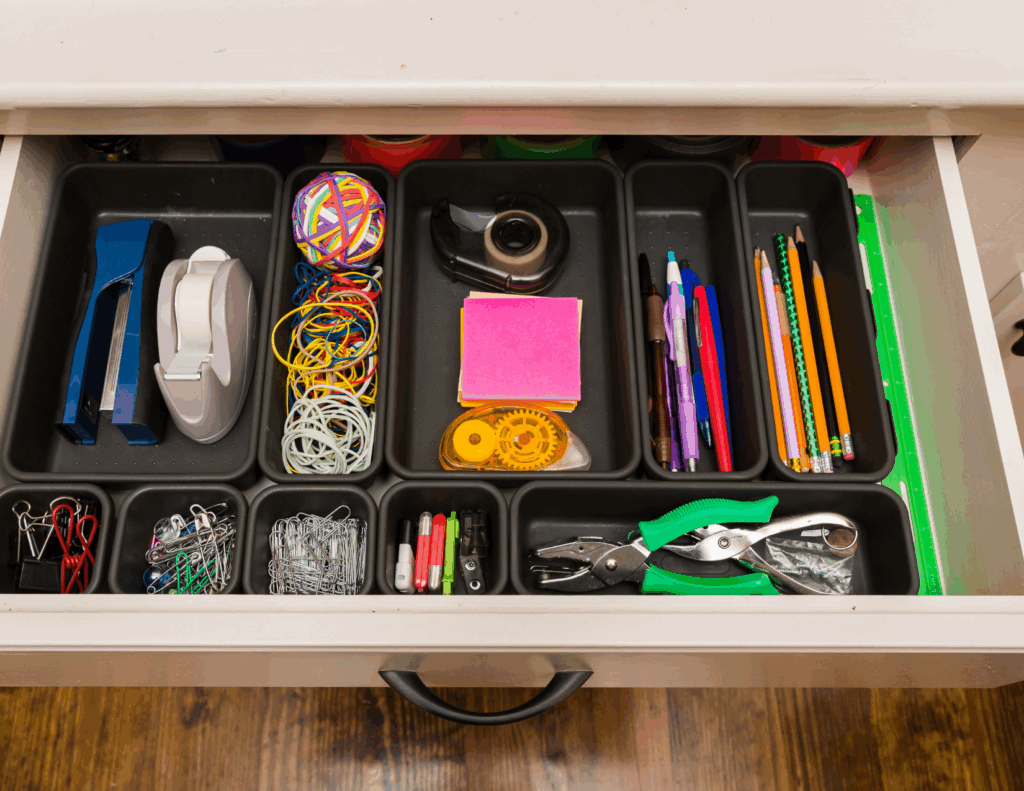
But if you’re noticing lately that your once-reliable systems are harder to keep up with—or if your parent seems overwhelmed in a space that used to be second nature—you’re not alone.
Aging changes everything. Not just our strength or vision, but the way we interact with our stuff. That’s why organizing isn’t “one and done.” It’s something we gently adjust as our lives—and bodies—shift.
Let’s explore four common organizing styles based on support needs, and how to adapt each one for this new season.
1. Simple and visual organizing style – You need to see it, but you don’t want too much fuss.
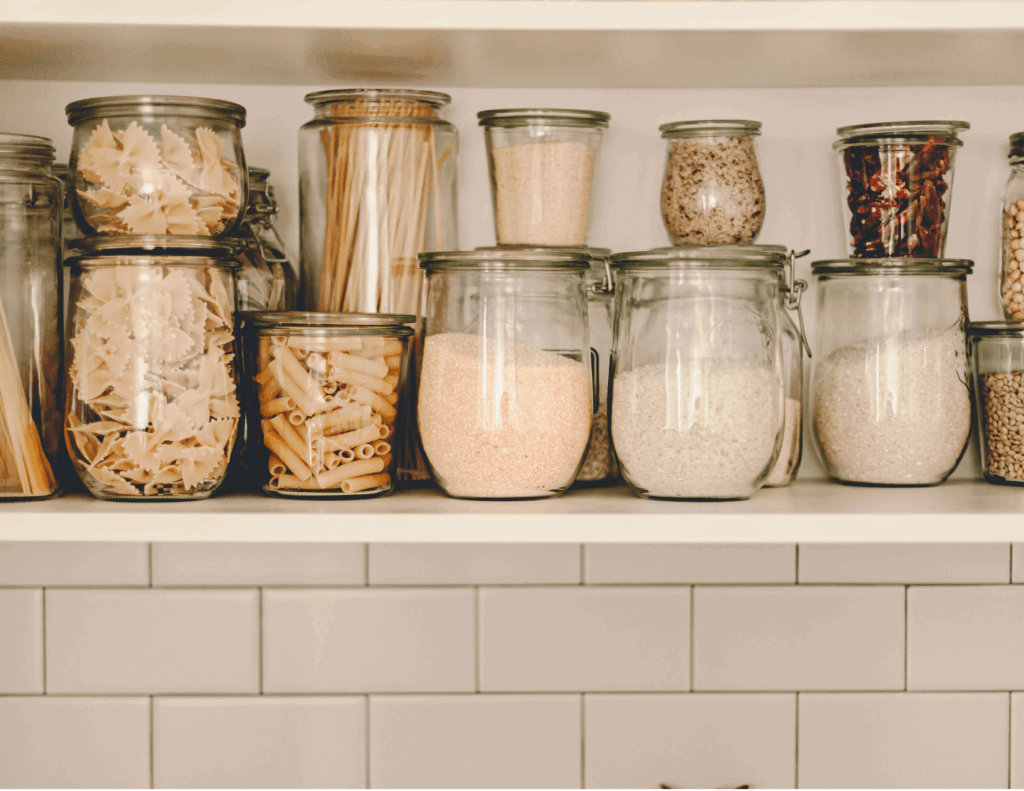
What it looked like when you were younger:
You probably had open baskets, clear bins, or items laid out where you could grab them easily. Your visual memory was strong, so “out of sight” often meant “forgotten.” Simplicity kept things moving.
What may change with age:
- Vision changes can make visual systems feel cluttered or chaotic.
- Endurance declines may mean more stuff ends up piling in reach zones.
- Cognitive load increases as you try to process too many visual cues.
How to adapt:
- Use fewer but larger bins or baskets—label them with large, high-contrast words or images.
- Limit what’s visible to daily essentials only; store the rest nearby but out of sight.
- Designate one calm surface as a visual command center rather than having every space open.
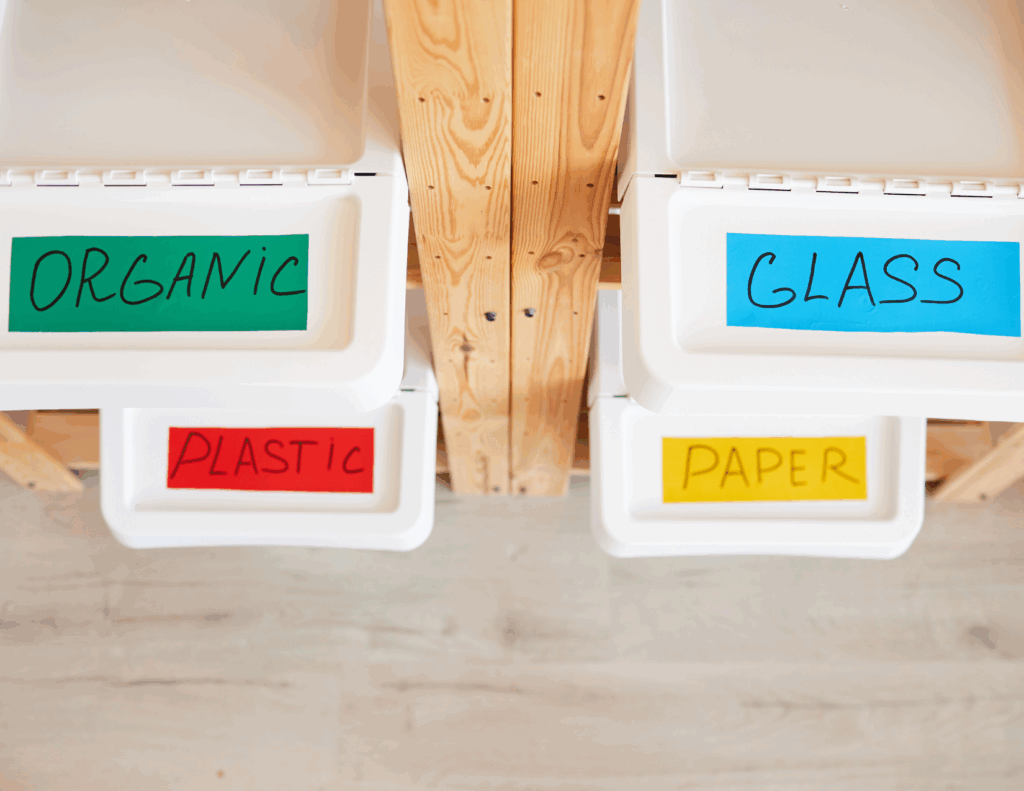
Supportive shift:
Ask: What do I truly need to see every day—and what’s just visual noise now?
2. Simple and hidden organizing style – You like things put away and simple—no clutter, no complications.
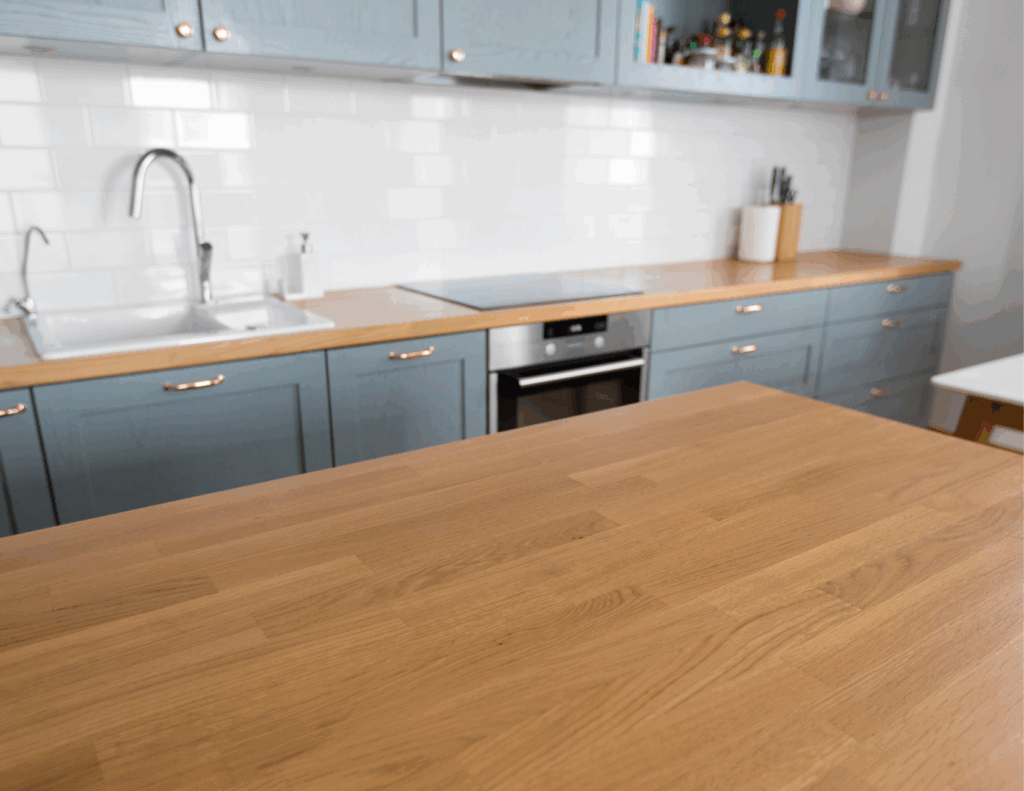
What it looked like when you were younger:
Your spaces looked tidy. You likely had a “place for everything,” even if that place wasn’t perfectly labeled. Simplicity and cleanliness mattered more than hyper-organization.
What may change with age:
- Memory issues may make it harder to recall where you put things.
- Mobility limitations may keep you from putting things back properly.
- Reaching and bending might be more risky than before.
How to adapt:
- Store daily-use items between knee and shoulder height—no climbing, no crouching.
- Use open bins inside drawers or closets to reduce effort while keeping things tucked away.
- Consider adding labels or photos for quick recall, especially on closed containers.
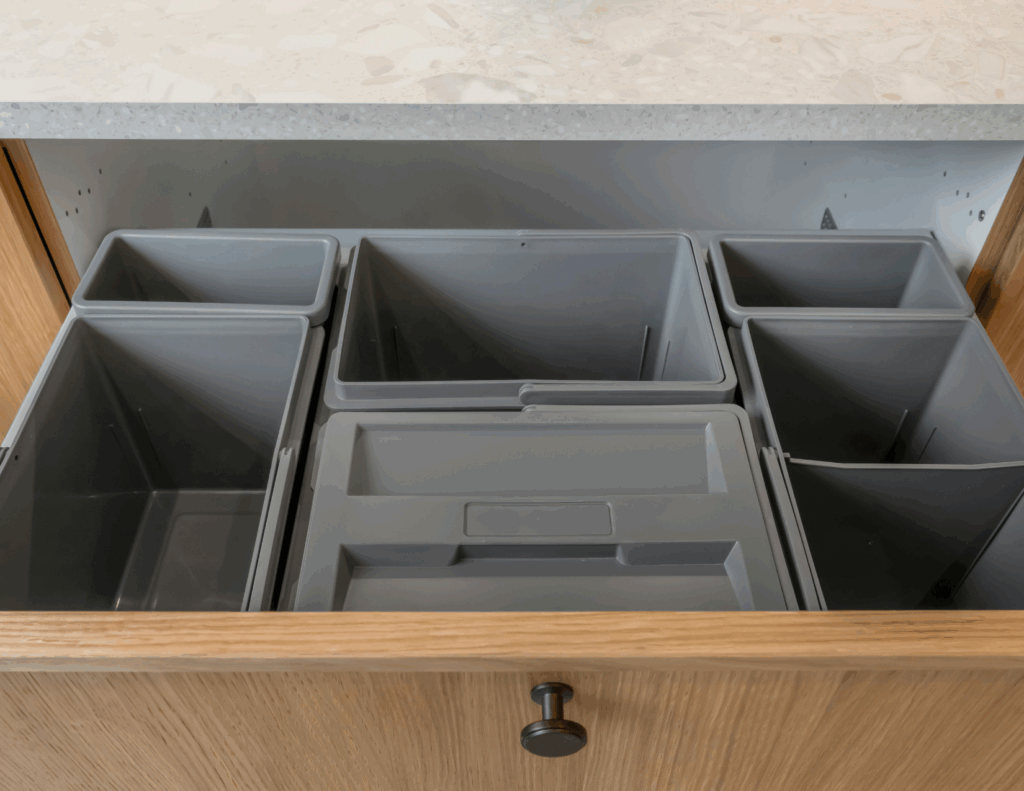
Supportive shift:
Ask: Is my system still helping me put things away—or is it too far, too deep, or too easy to forget?
3. Detailed and visual organizing style – You love a detailed, visual system—everything lined up and beautiful.
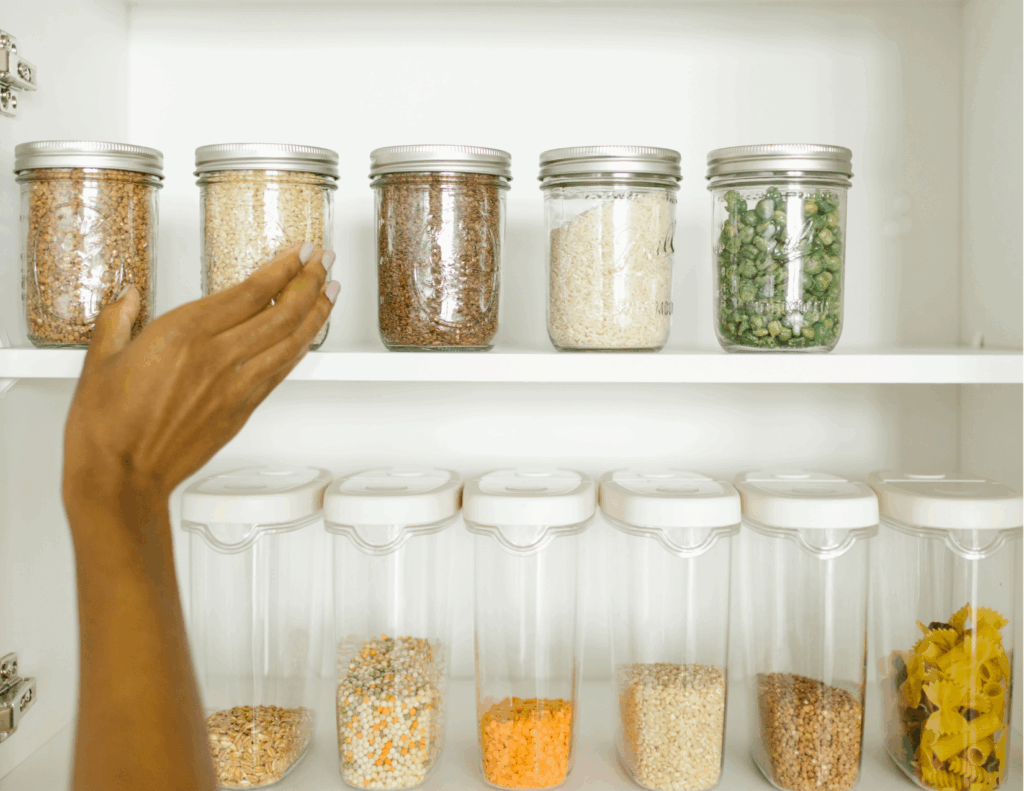
What it looked like when you were younger:
You had matching containers, color-coded folders, or picture-perfect pantries. You thrived on visual structure and got a deep sense of calm from seeing everything “just so.”
What may change with age:
- Arthritis or tremors can make tiny containers or labels hard to manage.
- Vision decline makes those beautiful systems harder to read or enjoy.
- Cognitive fatigue can turn a once-soothing system into a source of guilt or stress.
How to adapt:
- Trade detailed sub-categories for broader zones (e.g., “baking” instead of “flour,” “sugar,” “vanilla”).
- Use large-print labels, clear containers, and simple groupings.
- Ask for help to maintain what you’ve created—it’s still your system, just with support.
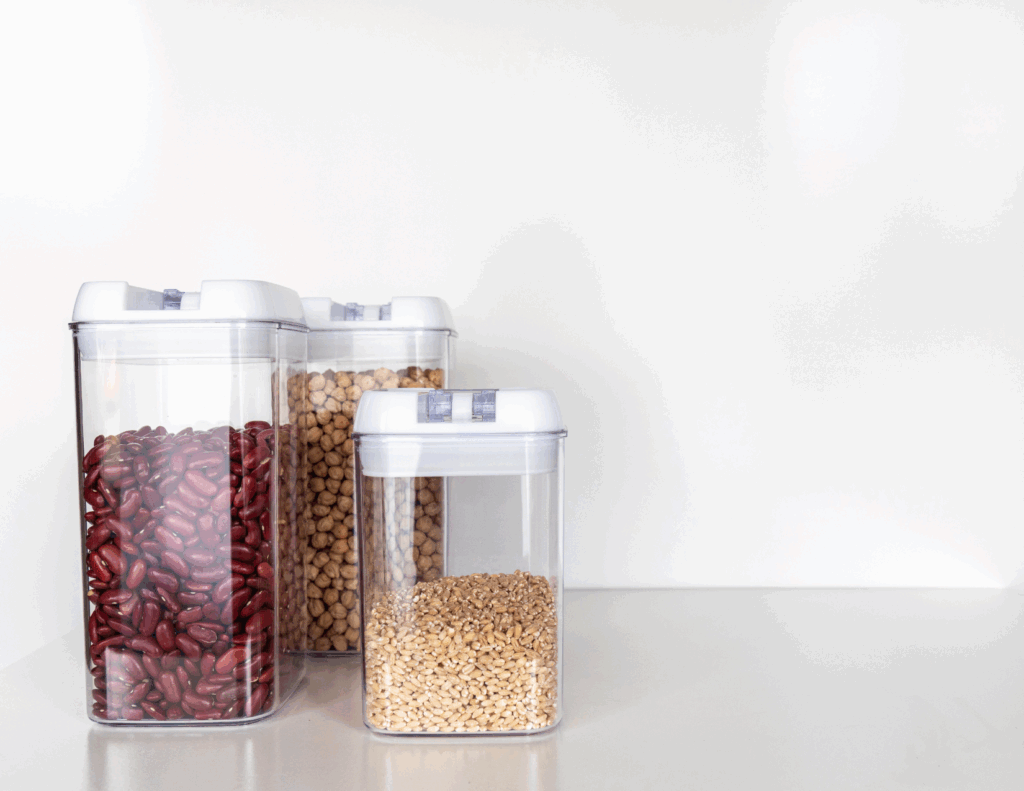
Supportive shift:
Ask: What parts of my system still bring me peace—and which ones are just hard to keep up with now?
4. Detailed and hidden organizing style – You love structure and detailed systems, even if it’s all behind closed doors.
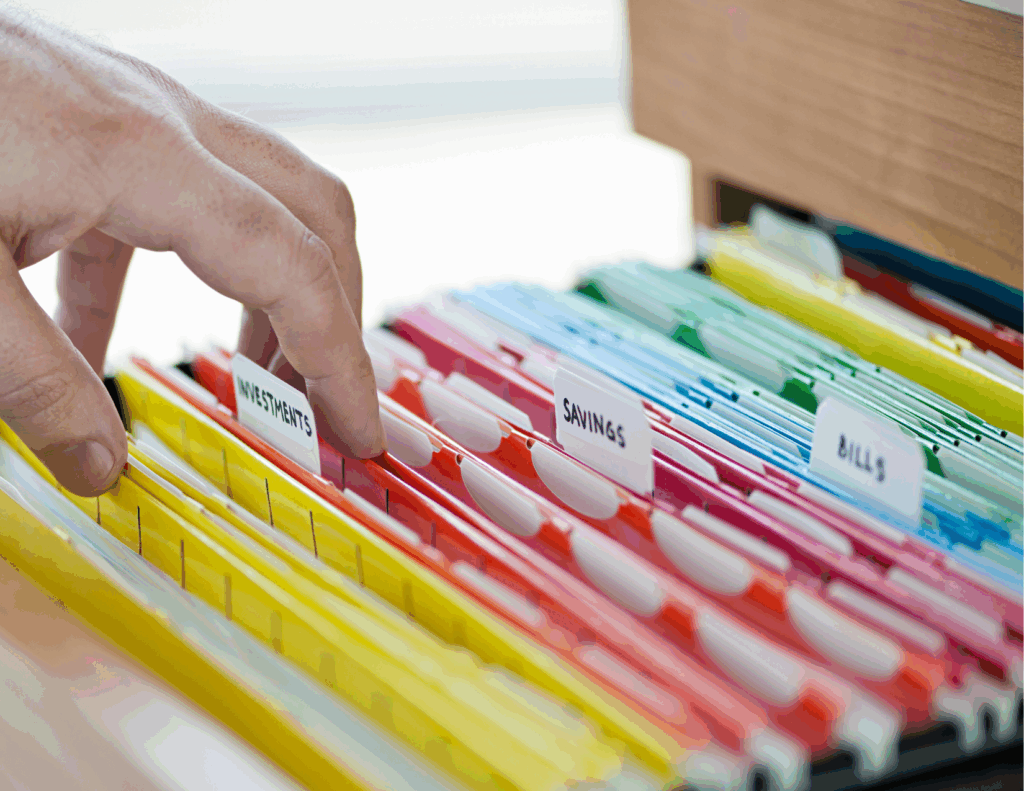
What it looked like when you were younger:
You might’ve had binders for every kind of paperwork, labeled file folders, and a logical storage system that made you feel in control. Out of sight didn’t mean forgotten—it meant properly stored.
What may change with age:
- Cognitive changes may make too many categories feel overwhelming.
- Dexterity issues can make small containers or file folders hard to use.
- Limited mobility can make deep drawers or high shelves a safety risk.
How to adapt:
- Reduce the number of categories—shift from ultra-detailed to “just enough.”
- Store frequently used items in accessible drawers with open containers.
- Consider digitizing documents or using color-coded envelopes for simplicity.

Supportive shift:
Ask: What level of detail still feels manageable—and where could I simplify without losing what matters?
Why This Matters
Understanding your organizing style helps us offer the right kind of support without unintentionally shaming, overwhelming, or taking over. When adult children approach an aging parent’s clutter with “How did it get this bad?”—they’re missing the deeper story: this isn’t about laziness or hoarding. It’s often about changing abilities colliding with systems that no longer serve.

And when aging adults begin to feel like they’re losing control of their spaces, they’re often grieving more than disorganization. They’re grieving the independence those systems used to give them.
Final Thoughts
Our organizing style is a reflection of who we are—but it was never meant to be static. The systems that once helped us thrive may now need to be softened, simplified, or reimagined to fit this new chapter of life.
Adjusting your style doesn’t mean giving up. It means making space for who you are today.
So take a moment to ask yourself—or your loved one—
“Is my home working for me, or has it started working against me?”
That question can be the beginning of a beautiful shift—toward clarity, confidence, and comfort.
In your corner,

Allison and the KHO Team
Additional Resources on This Topic:
- Discover Your Organizing Style Quiz
- Aging in Place: Growing Older at Home
- Less Is the New More: Embracing Simplicity as You Age in Place
If this post content has been helpful to you and you know someone else who would benefit from this content, would you please share it using the options below? Sharing is such a simple way to spread a little encouragement!
